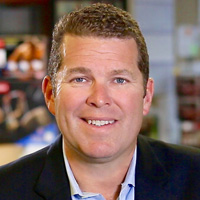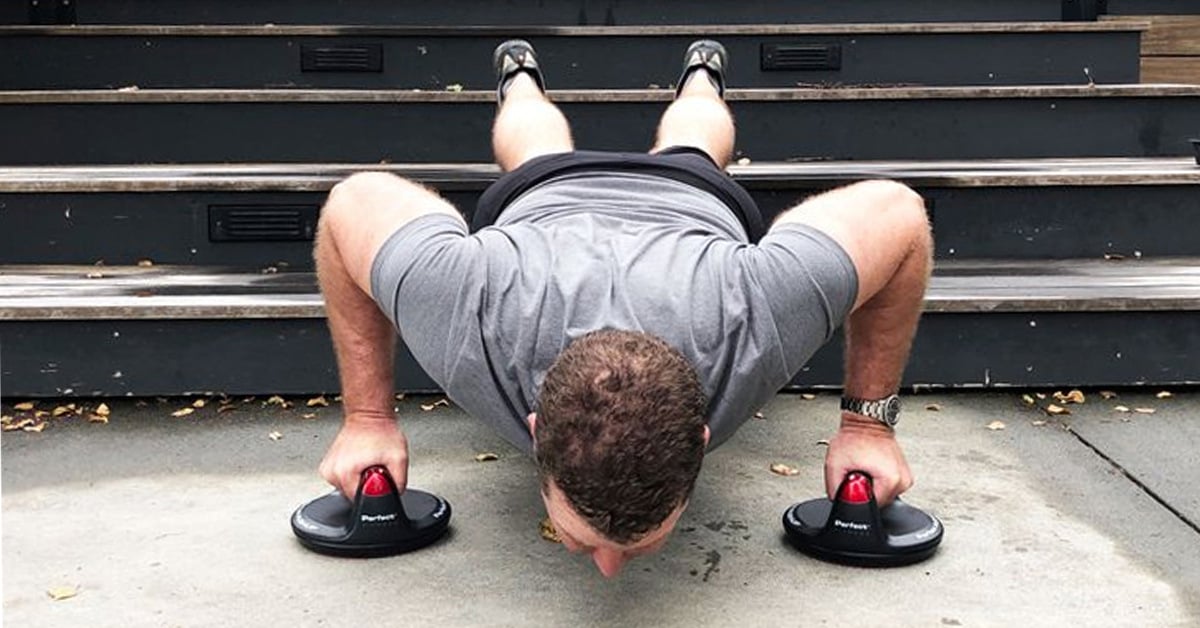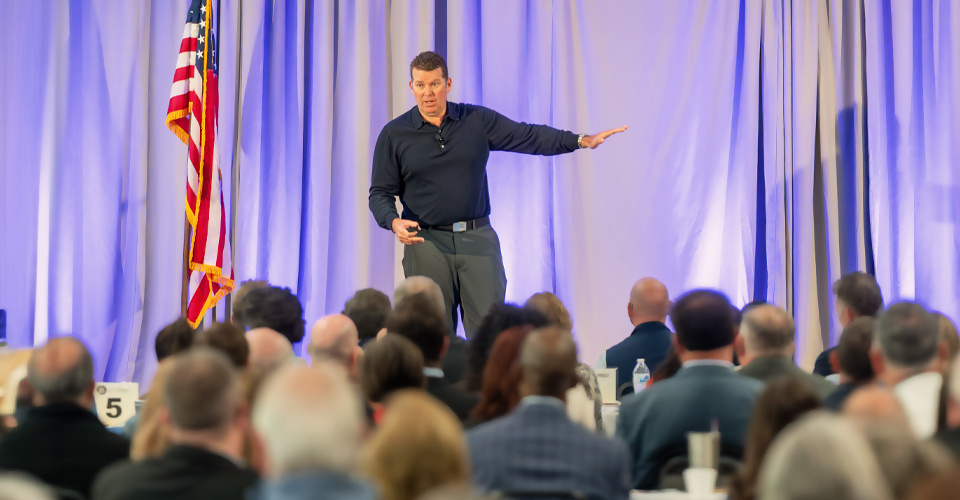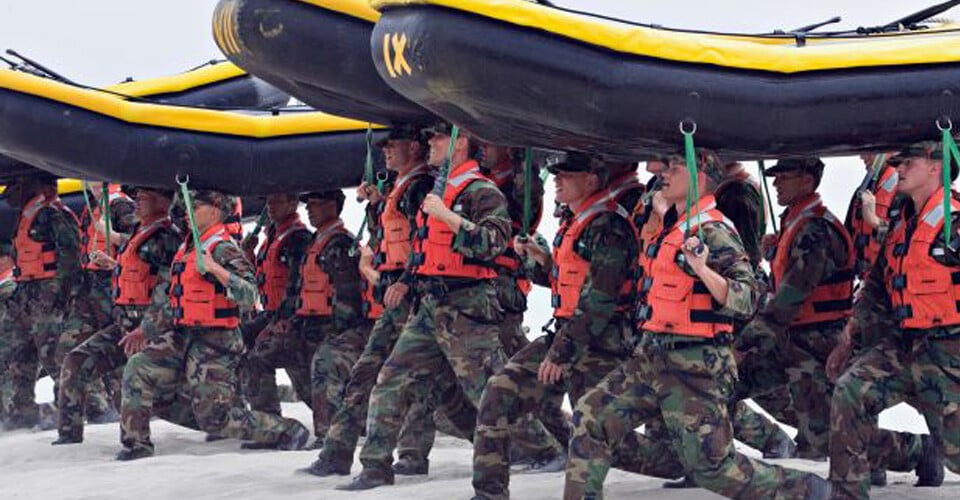In my speaking engagements—many of which have been virtual—I’ve talked about how far a six-foot-tall person can see if standing on top of a small boat in a calm sea. Most people are surprised that you can see no more than 3 miles before the curvature of the earth limits your field of view. In The Five Leadership Actions to Achieve Results I talk about how to see well beyond the visible horizon and find ways to surpass real and/or imagined limitations.
So, that’s on a clear day. What about when conditions are not so favorable to seeing what’s in front of you? Uncertain times and chaotic events can quickly overtake us like a fog to the point where we have to slow way down and use other sensors to navigate our way through it safely. Going from certainty to uncertainty can result in a crisis requiring us to focus on safety, structure and service.
Leading Through the Fog of Pandemic
Recently, I participated in a virtual “fire side chat” with Harvard Business School Professor Dr. Linda Hill, who compared leading in the midst of pandemic to trying to see through a fog. I like the metaphor. If you’ve ever been on a boat when surrounded by fog, it can be a disorienting experience.
The first step you must take while navigating through a fog is to slow down. Secondly, what you originally relied upon to see (your eyesight) is no longer helpful. You must find new ways to navigate, such as using sonar (looking under the water), radar (looking electronically through the air), and chart-plotting using speed, course and time.
Leading in the midst of uncertainty requires similar adjustments—we must first slow down to assess our position before we correct our course. And, when we do change course, we do it with the intent of making a series of corrections over time. However, the more we practice new methods of “navigating” (making decisions and leading), the more we are able to bring certainty back into our daily lives.
Fear Fuels Our Focus and Powers Our Progress
With certainty comes focus and control—the more we focus on the things we can control, the more we can get back to serving others. And, when we serve, the impact of our caring actions helps others focus on making a difference and worry less about their own predicament. Fear becomes our fuel for focus and powers our progress.
I believe that for every measure of uncertainty we have an equal amount of opportunity. To get through this fog, we have to look at it from other perspectives and use other senses and data points to understand our position and plot a course ahead. We can’t look at the chaos with the same set of notions and respond with the same habitual reactions without putting ourselves at greater risk.
We’re learning and practicing some things now that people and organizations have been trying to implement for years, and the crisis is illuminating even more areas in need of innovation, improvements or new inventions to solve the problems that we face. And, while we can’t “boil the ocean” and take on a task larger than our resources, the biggest mistake anybody here can do is sit and not take any action.
Dealing With This Crisis is a Team Sport
Decision making can be messy and result in mistakes, but when you’re really stuck and have no idea where to go, ask yourself these questions to focus your actions: How can I best serve my people? —my co-workers? —my contributors? —my customers? —my community? Just keep asking yourself how you can best serve, because when you focus on serving, the fears and uncertainties of the crisis recede, pushing back the fog and illuminating your path forward.
Remember, though we may be socially-distanced, dealing with this crisis is a team sport. Find your swim buddy, ensure the safety of your team, build some structure, care for your personal platform, practice consistency, and focus on serving and finding ways to solve problems that affect us all. You can do this—one step, one breath, one action at a time.





